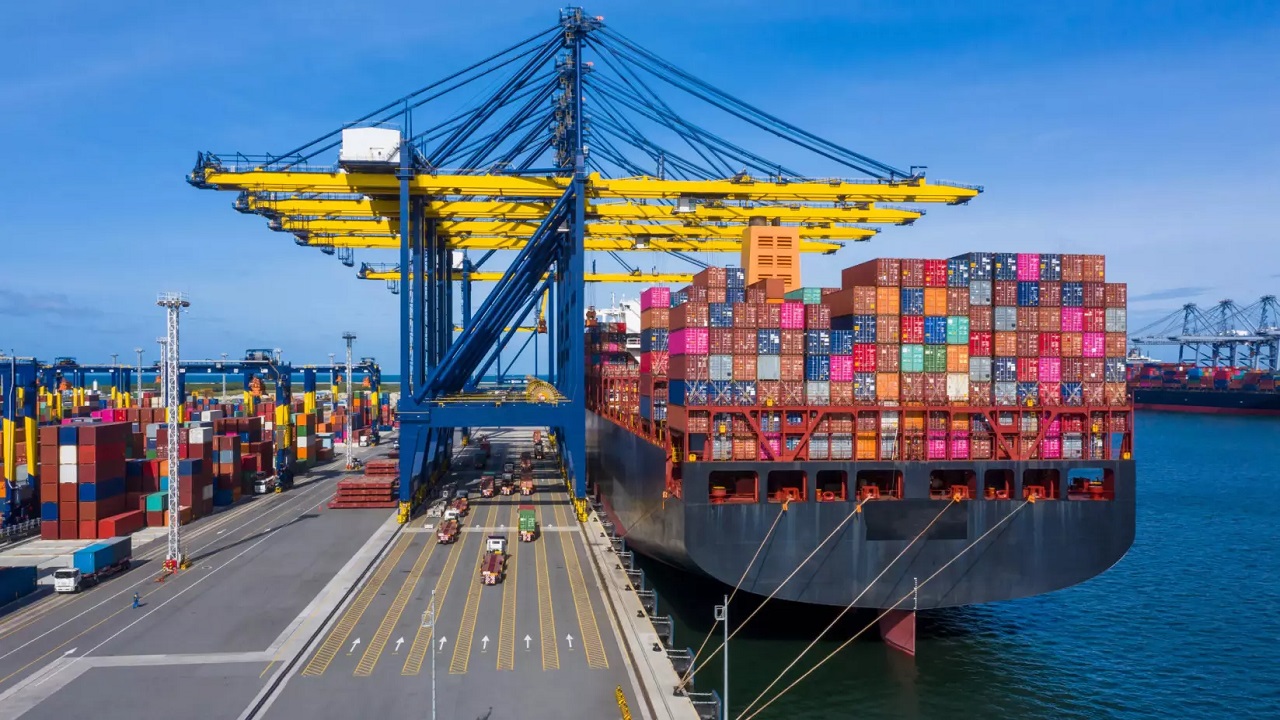India-Bangladesh Transshipment Policy: Strategic Rollback and Its Implications
Context:
-
In 2020, India allowed Bangladesh to use its land customs stations and ports for transshipment of goods to third countries like Nepal, Bhutan, and Myanmar.
-
This facility was seen as a step towards regional economic integration under India’s “Neighbourhood First” policy.
-
In March 2024, India revoked this arrangement, citing logistical challenges, domestic industry concerns, and strategic security risks.
-
The move has significant implications for bilateral relations, regional trade connectivity, and India's strategic posture in South Asia.
What Was the India-Bangladesh Transshipment Facility?
-
Launched in 2020, the policy allowed Bangladesh to send export cargo to third countries using Indian infrastructure.
-
Key objective: To reduce transit time and costs for Bangladeshi exports, especially readymade garments (RMG).
-
Cargo moved through Indian ports like Kolkata and airports like Delhi, aiding global market access.
-
India’s initiative was viewed as a goodwill gesture supporting regional connectivity and integration.
Reasons Behind India's Withdrawal
-
Domestic Industry Pressure:
-
The Apparel Export Promotion Council (AEPC) warned of competitive disadvantage for Indian textile exporters.
-
-
Logistics Burden:
-
Congestion at Indian ports and airports due to additional cargo from Bangladesh disrupted domestic trade flows.
-
-
Strategic and Security Concerns:
-
Growing Chinese investments in northern Bangladesh, especially near the Siliguri Corridor, raised alarm in Indian strategic circles.
-
-
Diplomatic Signaling:
-
The move may serve as a geopolitical message to Bangladesh about drifting towards Chinese influence.
-
Implications of the Withdrawal
On Bangladesh:
-
RMG Sector Impact:
-
Bangladesh's RMG exports earned $50 billion in 2024; higher transit costs may reduce competitiveness.
-
-
Infrastructure Challenge:
-
Bangladesh lacks equivalent ports and logistics facilities to compensate immediately.
-
-
Reduced Market Access:
-
Losing access to Delhi Airport limits reach to Western markets, especially the US and EU.
-
-
Strategic Setback:
-
Undermines its ambitions of becoming a regional transit and logistics hub.
-
On India:
-
Domestic Textile Advantage:
-
Reduces competition, providing relief to India’s own textile exporters.
-
-
Port and Airport Efficiency:
-
Frees up infrastructure previously burdened by handling Bangladeshi shipments.
-
-
Strategic Leverage:
-
Maintains control over regional logistics amid China’s assertive presence in South Asia.
-
-
Perception Risk:
-
May appear as reactive diplomacy, potentially affecting India’s soft power image in the neighbourhood.
-
Way Ahead
-
Structured Dialogue:
-
India and Bangladesh should initiate high-level talks to reassess trade expectations and cooperation frameworks.
-
-
Balanced Policy Framework:
-
India must strike a balance between protecting domestic industries and maintaining regional goodwill.
-
-
Joint Logistics Infrastructure:
-
Invest in shared infrastructure like inland container depots and dry ports to reduce mutual dependency.
-
-
Regional Transit Agreements:
-
Use SAARC, BBIN, or BIMSTEC to formalize multilateral transit protocols.
-
-
Conditional Resumption:
-
India may consider restoring the facility under revised terms with security and economic clauses in place.
-
Conclusion
India’s decision to revoke the transshipment facility reflects the complex balance between economic interests, national security, and regional diplomacy. As regional dynamics evolve, India must ensure that its strategic decisions align with the broader goal of South Asian connectivity, economic stability, and cooperative neighbourhood policy.



_(16).jpg)
Comments (0)